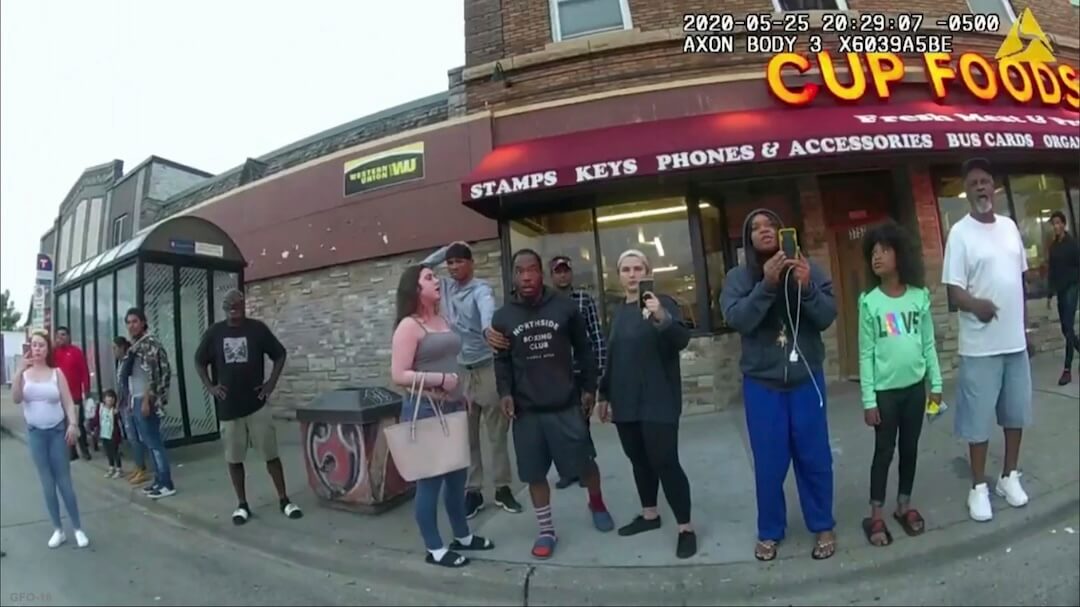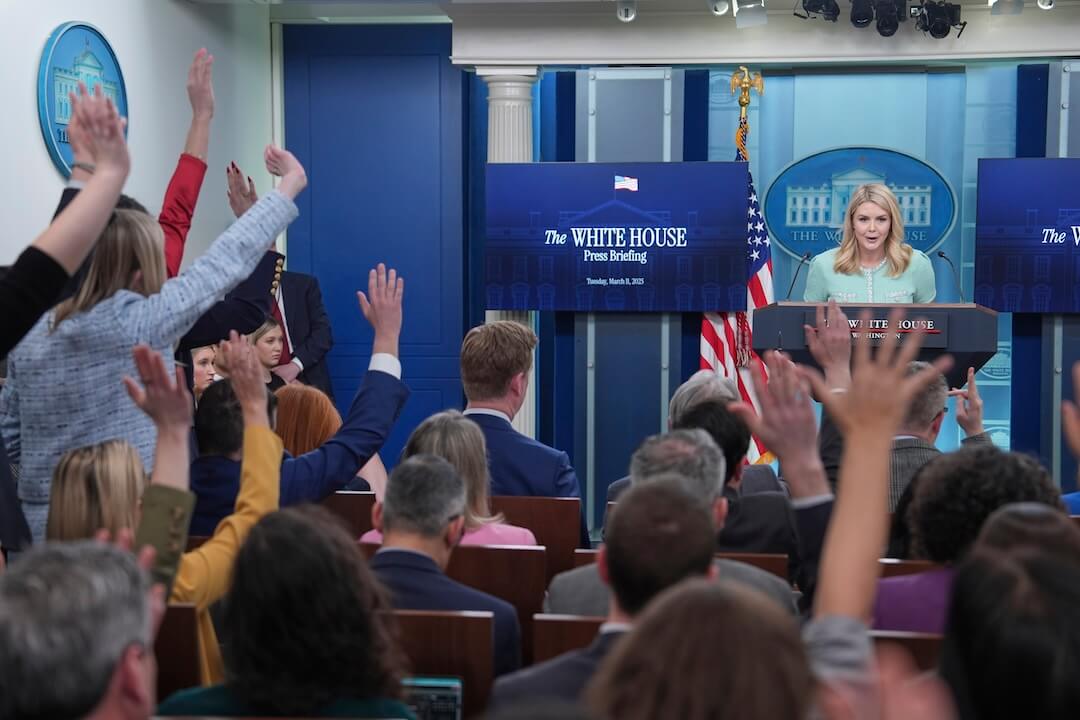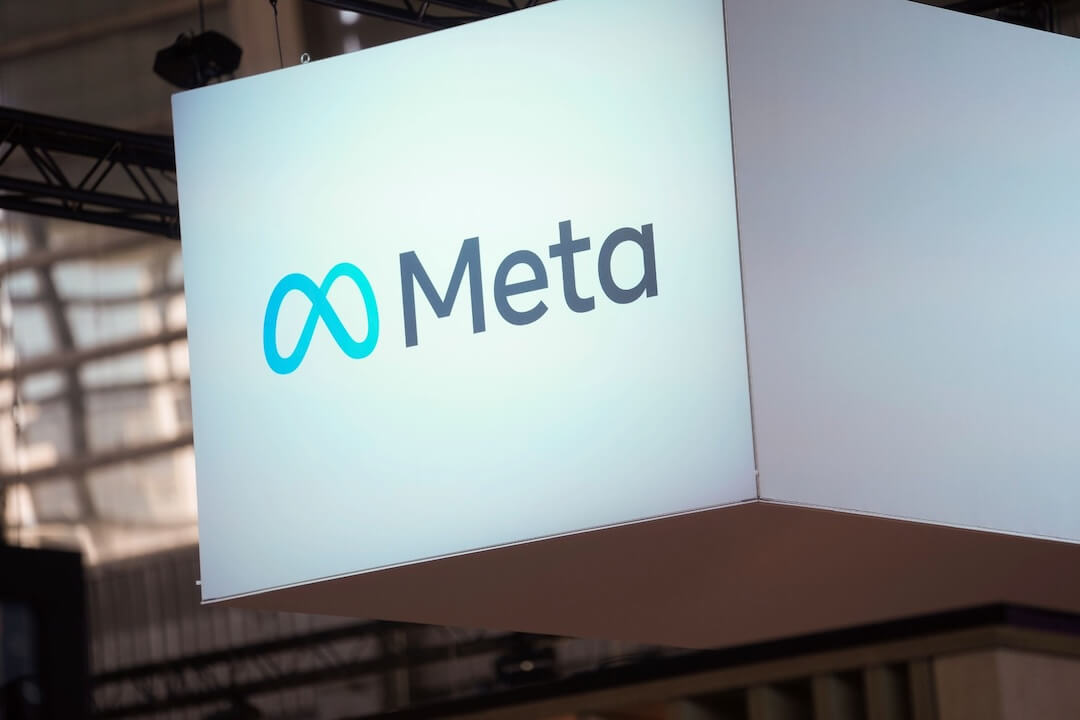Dr. Sanjay Gupta, the neurosurgeon-turned-correspondent for CNN, erroneously reported which patient he operated on during the aftermath of the recent Nepal earthquake, according to a report from the Global Press Journal.
Salina Dahal, the 8-year old whom Gupta claimed he performed a craniotomy on, was interviewed by the Global Press Journal and denied being operated on by CNN’s chief medical correspondent. In fact, the report says, Gupta performed surgery on Sandhya Chalise, 14, a girl who suffered from blood clots. According to the report, CNN initially correctly identified Chalise as Gupta’s patient, but later substituted her name for Dahal’s.
Reporting from the Journal found that an April 27 story by online producer Tim Hume correctly identified the patient as 14-year-old Sandhya Chalise. That story recounted how their home was destroyed and she suffered from blood clots.
“An hour later she receives a craniotomy,” the story stated. “Sanjay Gupta, a neurosurgeon and CNN’s chief medical correspondent, has scrubbed up at the request of a Nepalese medical team to help with the operation.”
In a subsequent on-air CNN report, Gupta was shown in front of a gurney with eight-year-old Salina Dahal sitting on the gurney.
“She has a fractured skull, a blood clot, and her brain is swelling,” Gupta said. “Without emergency surgery, she’ll have permanent damage. Or, like so many other earthquake victims, she’ll die.”
After briefly showing Gupta in an operating room, the CNN correspondent hails the surgery as a success and says, “Salina will live.”
The oddity of the CNN coverage then included the following change in the online story, as recounted by the Journal story:
But nine hours later, at 1:26 a.m. ET, the online article was updated.
“The updated article does not mention Sandhya. Instead, it swaps in the younger girl’s name: Gupta’s brain surgery patient is now identified as Salina. The first section of the story, which originally described Sandhya’s injuries, was replaced with a false description of Salina. Portions of the story, including sentences that originally described Sandhya’s injuries – blood clots in her brain – were used, word for word, to describe Salina. The story’s original sections about Salina, which correctly described her minor injuries, were deleted.
“The new version of the story, which is still live on CNN’s site as of press time, is accompanied by a video that features Gupta talking about Salina as his patient. In other videos on the site, Gupta describes Salina and claims to have participated in her brain surgery.”
“We haven’t done our own independent verification. We’re looking into how it happened. We have to find the patients on the ground,” a CNN spokesperson told Poynter even while fully supporting Gupta’s integrity and Nepal coverage.
In a statement, CNN acknowledged the report and said it was working to independently verify the identity of Gupta’s patient.
Journalism is not brain surgery. But brain surgery is brain surgery. We are so proud that Sanjay was one of the few reporters in Nepal to cover the earthquake, and while there, was asked to help save a young victim’s life. As we reported, he assisted the surgeons at Bir Hospital by performing a craniotomy on a young victim. Some reporting has suggested it was not the young girl we, at the time of our own reporting in the midst of the crisis, believed her to be. We will try to verify that. Regardless, Sanjay spent a week in Nepal, helped save a young life in the operating room, and we couldn’t be prouder of him. He has our full and unequivocal support.
In an interview with NPR’s David Folkenflik, Gupta said the allegations “worried” him and attributed the possible error to the chaos of the hospital post-disaster — but stopped short of saying for sure whether he misidentified his patient:
We want to be accurate, 100 percent. It was a chaotic situation, no doubt. You had a hospital turn into a massive triage area.
Folkenflik notes that the apparent misidentification now puts Gupta’s dual-role as a surgeon and journalist under the microscope:
Yet while he was covering the aftermath of a deadly earthquake in Nepal this year, the journalism evidently proved trickier than the brain surgery…the tale of how that happened, both twisty and subtle, throws fresh light on Gupta’s dual roles as doctor and reporter.
The Global Press Journal, a San Francisco-based news service dedicated to covering international news, broke the story and assigned multiple reporters to the story who spent weeks working to verify information by a tipster. The Global Press Journal consulted with Poynter’s Kelly McBride in advance of the publication of the story, and Poynter was appraised of the article weeks before it was published.
Cristi Hegranes, founder and executive director of the Global Press Journal, said that she was underwhelmed by CNN’s response, namely not specifically explaining the changes and its blaming the hectic post-earthquake circumstances.
“Part of me doesn’t get it. In the aftermath of the Brian Williams case, I don’t understand,” said Hegranes.
“But my overall reaction is just one of pride for my reporters in Nepal. No matter what the reaction to this story, when mainstream media goes into paces where we have a presence, you don’t get to tell lies. I’m deeply underwhelmed by their response.”
Her institute trains female journalists in at least 16 developing nations. Its budget is $1.2 million and includes a current $200,000 grant from the Chicago-based MacArthur Foundation, which cites the institute for representing “an efficient new model for international journalism.”
Herganes says she’s able to support about 100 reporters and editors through a mix of freelance and other payments, thus providing a “living wage” based on local standards.





